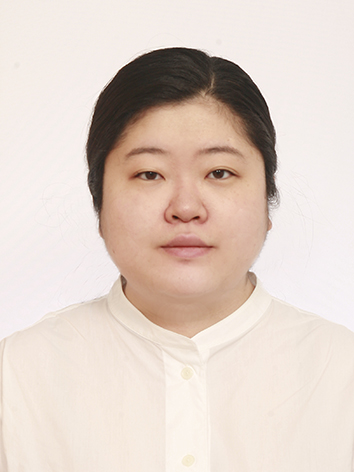Gov't pushing establishment of military medical school amid protracted doctors' strike
Published: 16 May. 2024, 15:17
Updated: 16 May. 2024, 19:14
-

- LIM JEONG-WON
- lim.jeongwon@joongang.co.kr
![A sign at the Armed Force Capital Hospital in Seongnam, Gyeonggi announces that civilians are welcome at the emergency room on Feb. 20, 2024. [JOINT PRESS CORPS]](https://koreajoongangdaily.joins.com/data/photo/2024/05/16/a552be75-e9d3-40f2-9f08-48a54a696010.jpg)
A sign at the Armed Force Capital Hospital in Seongnam, Gyeonggi announces that civilians are welcome at the emergency room on Feb. 20, 2024. [JOINT PRESS CORPS]
The Korean government is pushing to open a national defense medical university to strengthen public health care amid the prolonged conflict between doctors and the government over expanded medical school admission quotas.
The Defense Ministry hopes the move will yield a stable number of professional military doctors to serve as the “last line of defense” whenever medical emergencies arise, such as large-scale infectious disease outbreaks like Covid-19 or the current crisis that began with the mass resignation of junior doctors and the submission of resignation letters by medical school professors.
“We are considering a tentatively named National Defense Medical University to train long-term military doctors who will serve in the military for more than 10 years after graduation,” an official from the Defense Ministry said to the JoongAng Ilbo, an affiliate of the Korea JoongAng Daily, on Thursday. “We plan to order a research service soon to determine the form and quota for the university.”
On Feb. 20, the Defense Ministry opened the emergency rooms of 12 military hospitals nationwide to the public. As of Tuesday, 1,123 civilian patients had visited military hospital emergency rooms.
Military hospitals are thus filling the emergency medical gap created by the tense confrontation between the government and the medical community. In the past, military doctors were deployed to the medical front line during the spread of infectious diseases, such as Middle East Respiratory Syndrome (MERS) and Covid-19, helping prevent the collapse of public health care.
The Defense Ministry has determined that a stable supply of long-term military doctors can ultimately help resolve the medical gap between regions. The military aims to open medical units in remote areas to civilians, with the 15th Division Medical Battalion stationed in Hwacheon, Gangwon, opening on a trial basis from May 3.
“If the number of long-term military doctors increases, there will be more skilled and experienced doctors in military hospitals, and the reliability of the facilities can be improved,” said another military official.
However, the Defense Ministry plans to conduct sufficient discussions before establishing a national defense medical university. The government pushed for establishing a medical academy within the military in 2011, but to no avail.
At the time, the goal was to have 100 people, including 40 military doctors and 60 public health doctors, who would serve compulsorily in the armed forces and public medical institutions for 10 years after obtaining a medical license. However, following strong opposition from the medical community, the medical graduate school system itself — upon which the medical academy within the military was based — was abolished in 2011.
“Using past cases as a lesson, this time, we plan to conduct research that can reflect the medical community’s position,” an official from the Defense Ministry said. “We are in the early stages of review, so discussion with relevant ministries and cooperation from the National Assembly is necessary.”
In February this year, People Power Party Rep. Sung Il-jong proposed the “Armed Forces Medical Academy Establishment Act,” but this is scheduled to expire when the 21st National Assembly ends on May 29. The bill proposed to train long-term military doctors in the form of a military academy.
The size of the national defense medical university’s quota will be determined later based on the results of the research ordered by the Defense Ministry and discussions. Based on past government proposals and the bill proposed by Rep. Sung, the number is expected to be around 40 to 100.
The government’s push for a national defense medical university is due to a long-term shortage of military doctors. Out of about 2,400 current military doctors, only about 180 long-term military doctors have served for more than 10 years or about 7.5 percent of the total. Others are short-term military doctors who return to civilian hospitals after serving in the military for 36 months.
Between last year and May of this year, no short-term military doctors transitioned into long-term service.
In contrast, the United States has the Uniformed Services University of the Health Sciences (USU) as a federal educational institution. Japan also trains military doctors and nursing officers through a defense medical college. The mandatory service period is seven and nine years, respectively.
BY LEE KEUN-PYUNG, LEE YOO-JUNG, LIM JEONG-WON [lim.jeongwon@joongang.co.kr]










with the Korea JoongAng Daily
To write comments, please log in to one of the accounts.
Standards Board Policy (0/250자)